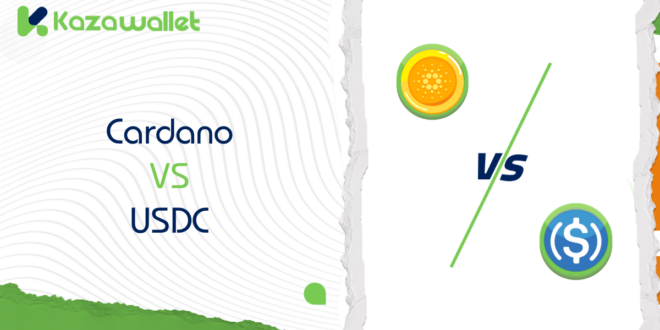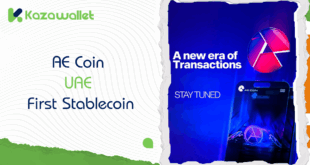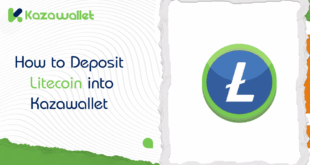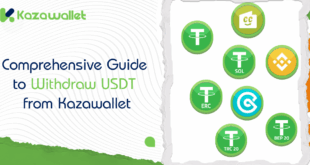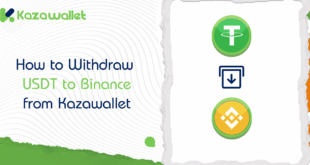Whilst others speak of the decentralized world ushered in by the likes of Cardano, others are inclined towards the trustworthiness and security derived from such coins as USDC.
But are these two currencies meant to be part of the same picture? Or are they two totally different directions in the financial technology world?
Here, we will outline Cardano vs USDC, the differences between Cardano and USDC, not only in their use but also in technology, supply, stability, and even risk.
What is Cardano?
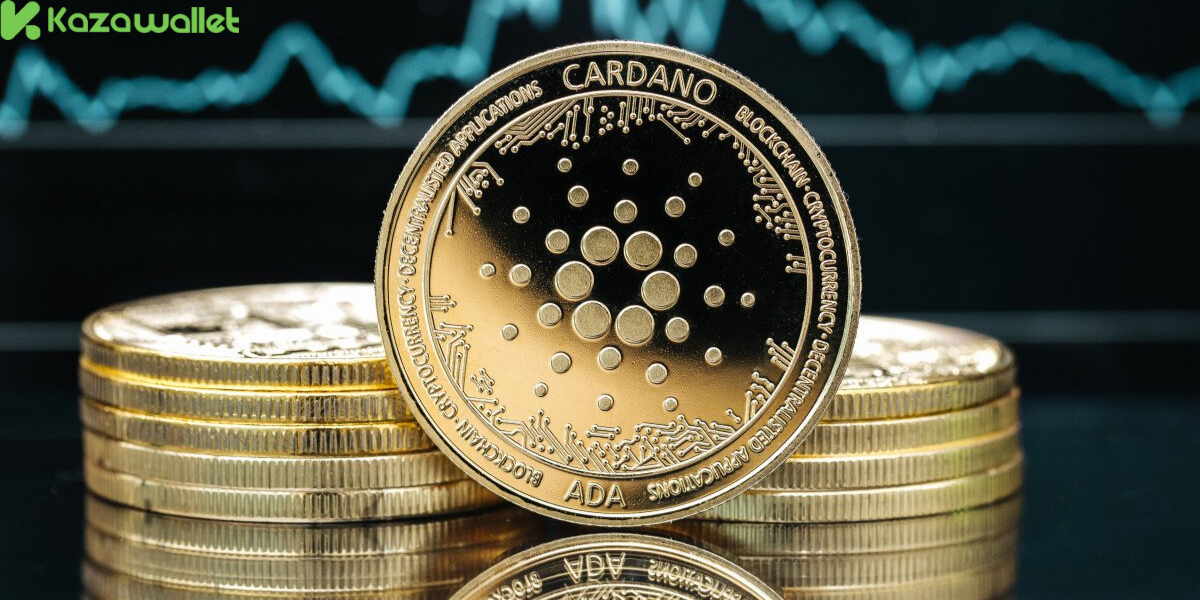
Cardano is a cutting-edge blockchain system that is both sustainable and more efficient than existing platforms.
It was founded in 2015 by engineer Charles Hoskinson, a co-founder of Ethereum, on a foundation of a science-based approach to bringing about decentralization and transparency.
The native asset of the platform is ADA, which is utilized to perform transactions on its ecosystem.
Cardano is centered on scientific study and innovation with the purpose of solving problems such as energy efficiency and environmental sustainability.
It also has a consensus mechanism called Proof of Stake (PoS) that ensures its energy consumption is much less compared to the commonly used mechanisms, such as Proof of Work (PoW).
What is USDC?

USDC, which stands for “USD Coin,” is a Centre Consortium-created stablecoin, a joint project of Circle and Coinbase.
USDC is tied 1:1 to the US dollar, so each unit of USDC is supported by a real dollar kept in a safe bank account.
USDC is one of the market’s most popular stablecoins, considered a trusted means of value transfer in the unstable world of cryptocurrencies.
It is mainly utilized in digital exchange trading as well as in decentralized finance (DeFi) operations.
Owing to its reliability and stability, USDC has proven itself to be a perfect solution for those wanting to skirt the fluctuations of other cryptocurrencies such as Bitcoin or Ethereum yet not miss out on the convenience of digital payments.
USDC: A safe crypto investment in a volatile market?
Cardano vs USDC: The Difference Between Cardano and USDC

While Cardano and USDC share the commonality of being digital currencies that rely on blockchain technology, they differ significantly in many aspects. Here are the differences between Cardano and USDC :
Primary Purpose
Functionally, there are significant differences between Cardano and USDC. Cardano is a blockchain platform aimed at providing comprehensive solutions for developing decentralized applications and smart contracts.
On the other hand, USDC is a stablecoin primarily used to facilitate financial transactions and ensure the stability of digital asset values. In other words, Cardano vs USDC represents the contrast between a fully integrated technological ecosystem and a more specific financial tool.
Stability
When it comes to stability, USDC clearly has the upper hand. Being pegged to the US dollar, its value remains relatively constant, making it an ideal choice for avoiding market volatility.
However, Cardano like most cryptocurrencies, is subject to market fluctuations, and its value can be influenced by various factors, such as economic news or technological developments.
Technology
Cardano stands out with its advanced technologies that rely on scientific research and rigorous testing. It uses the proof-of-stake mechanism through the Ouroboros system, making it more efficient and environmentally sustainable compared to traditional mechanisms like proof-of-work.
USDC relies on Ethereum and Solana as its underlying infrastructure, meaning it leverages existing systems rather than introducing a new technology of its own. This is another important aspect of the Cardano vs USDC comparison.
Supply and Control
Another one of the differences between Cardano and USDC is that Cardano has a limited supply of its native currency, ADA, meaning its availability depends on adoption and the staking process.
Conversely, USDC theoretically has an unlimited supply, as more units can be issued as long as there’s sufficient dollar backing. This
Usage
Cardano is primarily used for decentralized applications and smart contracts, making it a powerful tool for developers.
Meanwhile, USDC is mainly used in financial trading, international transfers, and as a store of value within DeFi platforms.
Decentralization
Cardano is a fully decentralized project, with decisions made by a community of developers and validators.
On the other hand, USDC is a centralized currency managed by specific companies, making it more regulated but less decentralized compared to Cardano.
Adoption and Reach
USDC has extensive use in financial markets, especially in trading, as well as decentralized finance. Cardano, though in its growth stage, is becoming increasingly popular because it has sophisticated technological attributes.
Bitcoin vs USDC: A Comparison of Risks and Stability
Cardano vs USDC: Risks Associated with Cardano and USDC

Risks Associated with Cardano
- Market Volatility: ADA is a market-sensitive cryptocurrency whose value can be greatly impacted by project-related news, technology updates, or general shifts in the cryptocurrency market.
- Scalability Issues: Even though Cardano is a more sustainable and more efficient platform compared to others, it could end up facing issues regarding scalability.
- Security Risks: Even with the use of the more secure Proof of Stake (PoS) mechanism, Cardano is not safe from possible security flaws or attacks.
- Regulatory Hesitancy: Regulatory environments are a major issue for cryptocurrencies as a whole, and Cardano is not exempt. Global regulatory uncertainties may place constraints on, or even ban, cryptocurrencies in particular nations.
- Market Risks: Similar to other cryptocurrencies, ADA is subject to market bubbles as well as supply and demand fluctuations.
Risks Associated with USDC
- Regulatory Scrutiny: Although USDC is a more regulated stablecoin relative to other stablecoins such as USDT, it is not completely free from regulatory scrutiny. Any modification of financial legislation or regulation may adversely affect its acceptance and value.
- Reserve Management: The USDC has reserves that are backed by cash and short-term instruments, which are fairly liquid. Nonetheless, any problems in the quality of these reserves, as well as dramatic falls in their value, could erode confidence in the currency.
- Market Volatility: Even though USDC is a US dollar-pegged stablecoin, it is not completely immune to market volatility. In times of financial crises, we can see short-term devaluations.
- Liquidity and Redemption: Even though USDC has a simpler redemption process than some other stablecoins, market pressures have the potential to impact the timeliness of fund recovery.
In Conclusion:
The differences between Cardano and USDC lie not only in their nature but also in the goals each serves.
Cardano has a highly advanced technological platform to reshape decentralization as well as sustainability, where USDC has a stable financial instrument founded on trust as well as regulation.
Cardano offers an advanced technological platform aiming to redefine decentralization and sustainability, while USDC provides a stable financial solution based on trust and regulation.
Choosing the right currency depends on your personal needs and investment goals.
Whether you’re looking for a long-term investment or a safe way to store value, understanding the Cardano vs USDC dynamic is the first step toward making an informed decision.
 Blog Kazawallet
Blog Kazawallet
